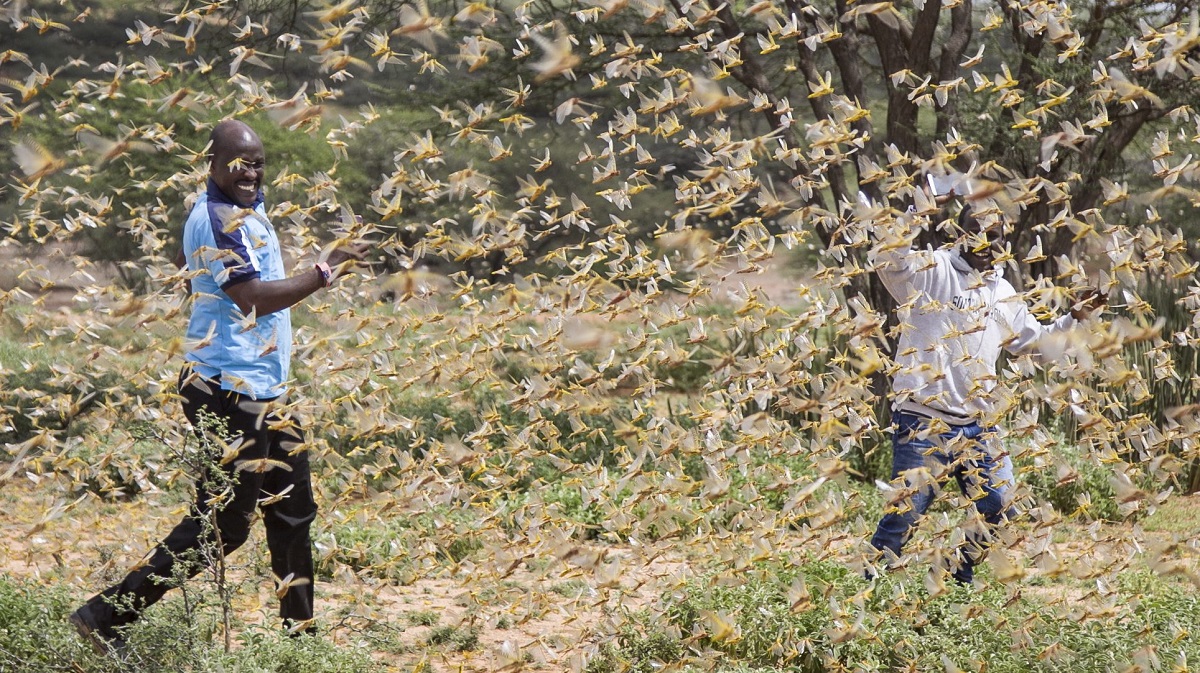The coronavirus pandemic is yet not over and a new challenge has very likely set its foot in India already. If media reports are to be believed, a giant locust storm is expected from the Horn of Africa is expected to attack farmlands in South Asia. Earlier in February this year, Punjab and Haryana had reported the attack of locust in its farm, following which the states were put on high alerts. Special supervision teams were also organised in the states to tackle the situation and to spread awareness about the locust attacks.
Two months before, swarms - some billions strong and one the size of Moscow, had ravaged crops in east Africa. And now, a second wave of locusts is expected to make a devastating appearance, even as the COVID-19 continues to claim lakhs of lives from all over the world.
According to what experts say, locusts have already swept through Somalia, Ethiopia, Kenya, Uganda and South Sudan once this year, in January and February.
Now, after those swarms laid eggs, there were likely to be 20 times as many they said.
In India, locusts had come from Rajasthan, which was attacked by one of the most destructive pests in February this year. Later, the authorities in the state undertook a massive exercise to contain the outbreak.
The government was preparing for a “two-front war”— one, which was ongoing against the COVID-19 infections and another to ensure food security — in anticipation of the locust attack on farms, The Hindu reported.
A few locust swarms were also reported in Anoopgarh and Sri Ganganagar districts of Rajasthan after their attack emanated from the desert area of Pakistan.
Despite coronavirus-related travel restrictions, international experts are in place to support efforts to eradicate the pest with measures including ground and aerial spraying.
The UN Food and Agriculture Organization (FAO) has managed to raise nearly $120m to tackle the problem, which will augment the efforts of governments in affected countries.
If media reports are to be believed, the government is preparing for the giant locust attack in India, alongside the coronavirus outbreak.
Locusts are related to grasshoppers and the two insects look similar. However, locust behavior can be something else entirely. Locusts are sometimes solitary insects with lifestyles much like grasshoppers.
But locusts have another behavioral phase called the gregarious phase. When environmental conditions produce many green plants and promote breeding, locusts can congregate into thick, mobile, ravenous swarms.
Found in Africa, the Middle East, and Asia, locusts inhabit some 60 countries and can cover one-fifth of Earth's land surface. Desert locust plagues may threaten the economic livelihood of one-tenth of the world's humans.
Each locust can eat its weight in plants each day, so a swarm of such size would eat 423 million pounds of plants every day.

